Research Highlights
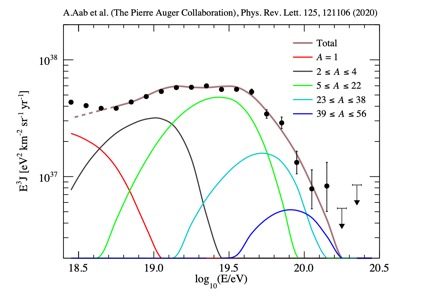 Physicist’s Research Measures Unprecedented Precision of the Highest-energy Particles
in the Universe
Physicist’s Research Measures Unprecedented Precision of the Highest-energy Particles
in the Universe
 Physicists Develop and Demonstrate a Method to Eliminate Quantum Radiation Pressure
Noise in Gravitational Wave Detectors
Physicists Develop and Demonstrate a Method to Eliminate Quantum Radiation Pressure
Noise in Gravitational Wave Detectors
 Unveiling ‘Island Worlds’ with NASA’s Roman Space Telescope
Unveiling ‘Island Worlds’ with NASA’s Roman Space Telescope
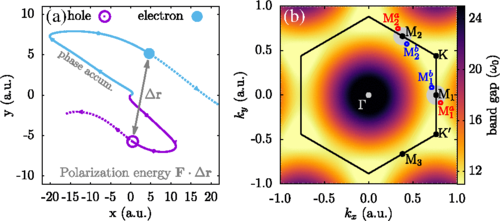 Theoretical Physicists Further Our Understanding on High-Frequency Light Generation
in Crystals
Theoretical Physicists Further Our Understanding on High-Frequency Light Generation
in Crystals
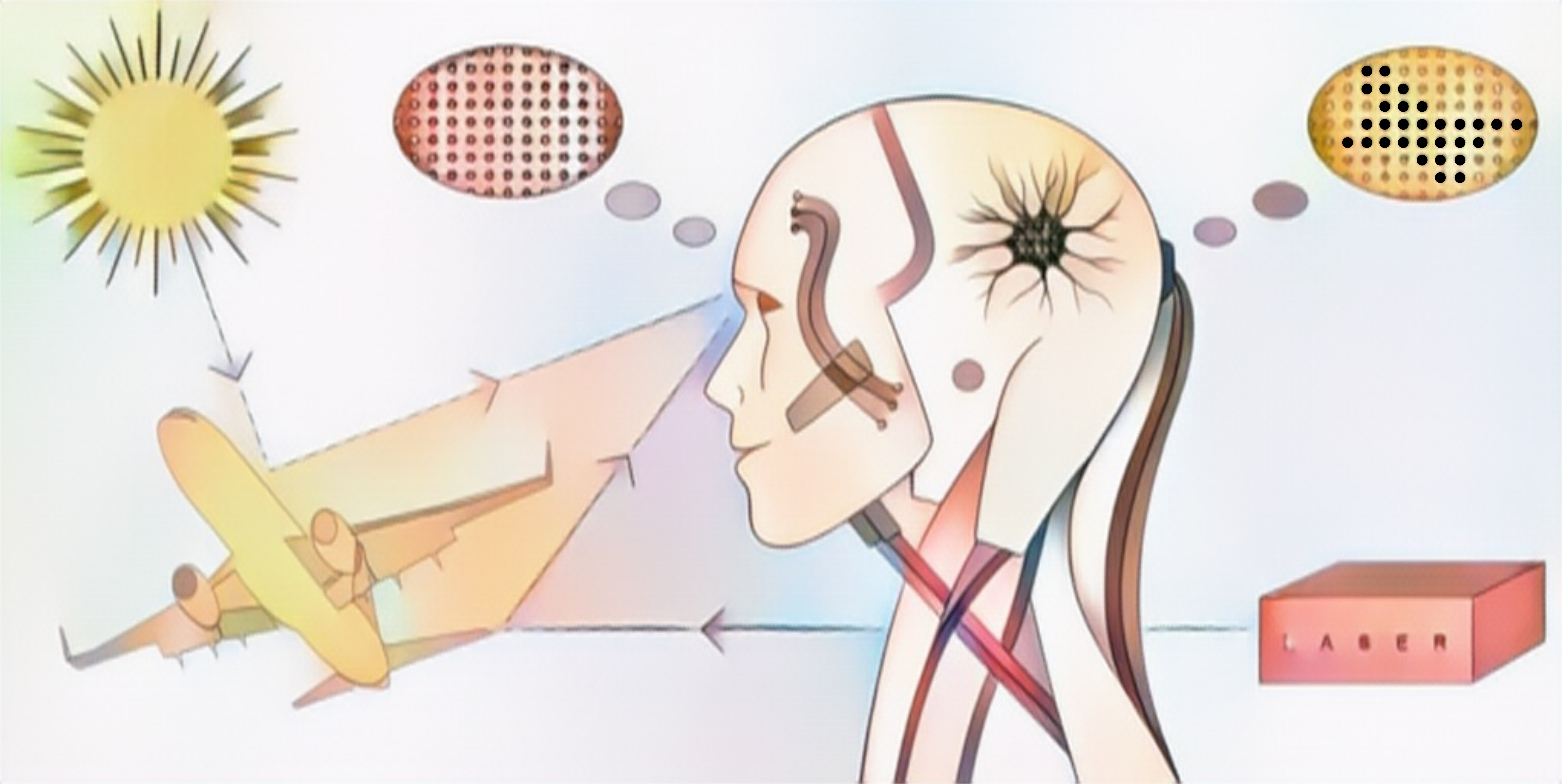 Physicists Identify Light Sources using Artificial Intelligence
Physicists Identify Light Sources using Artificial Intelligence
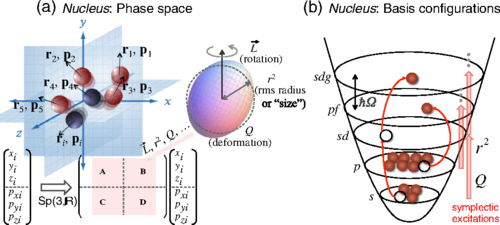 Researchers Progress Knowledge on Important Implications for Understanding the Physics
of Nuclei
Researchers Progress Knowledge on Important Implications for Understanding the Physics
of Nuclei
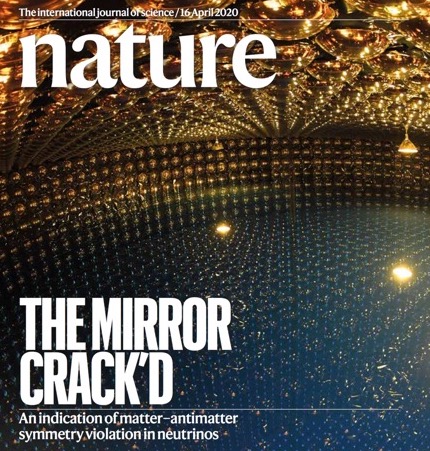 Researchers Advance Our Understanding on the Formation of the Universe
Researchers Advance Our Understanding on the Formation of the Universe
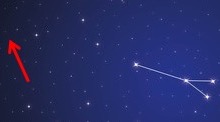 Binary Star V Sagittae to Explode as very Bright ‘Nova’ by Century’s End
Binary Star V Sagittae to Explode as very Bright ‘Nova’ by Century’s End
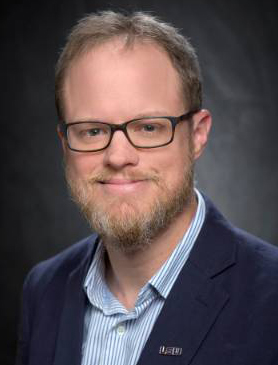 Studying the Enigmatic Dance of Electrons in Graphene
Studying the Enigmatic Dance of Electrons in Graphene
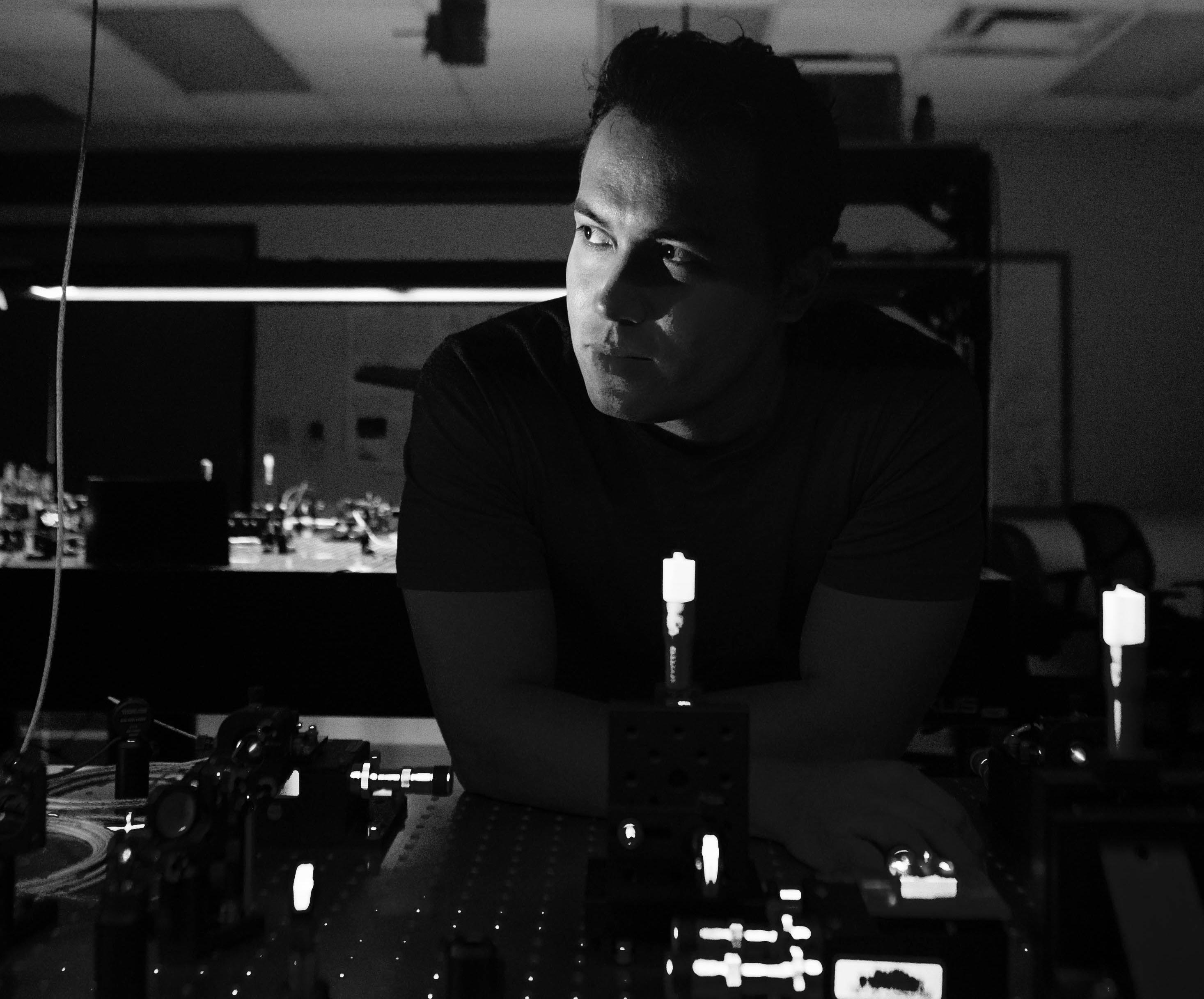 Creating Different Kinds of Light with Manipulable Quantum Properties
Creating Different Kinds of Light with Manipulable Quantum Properties
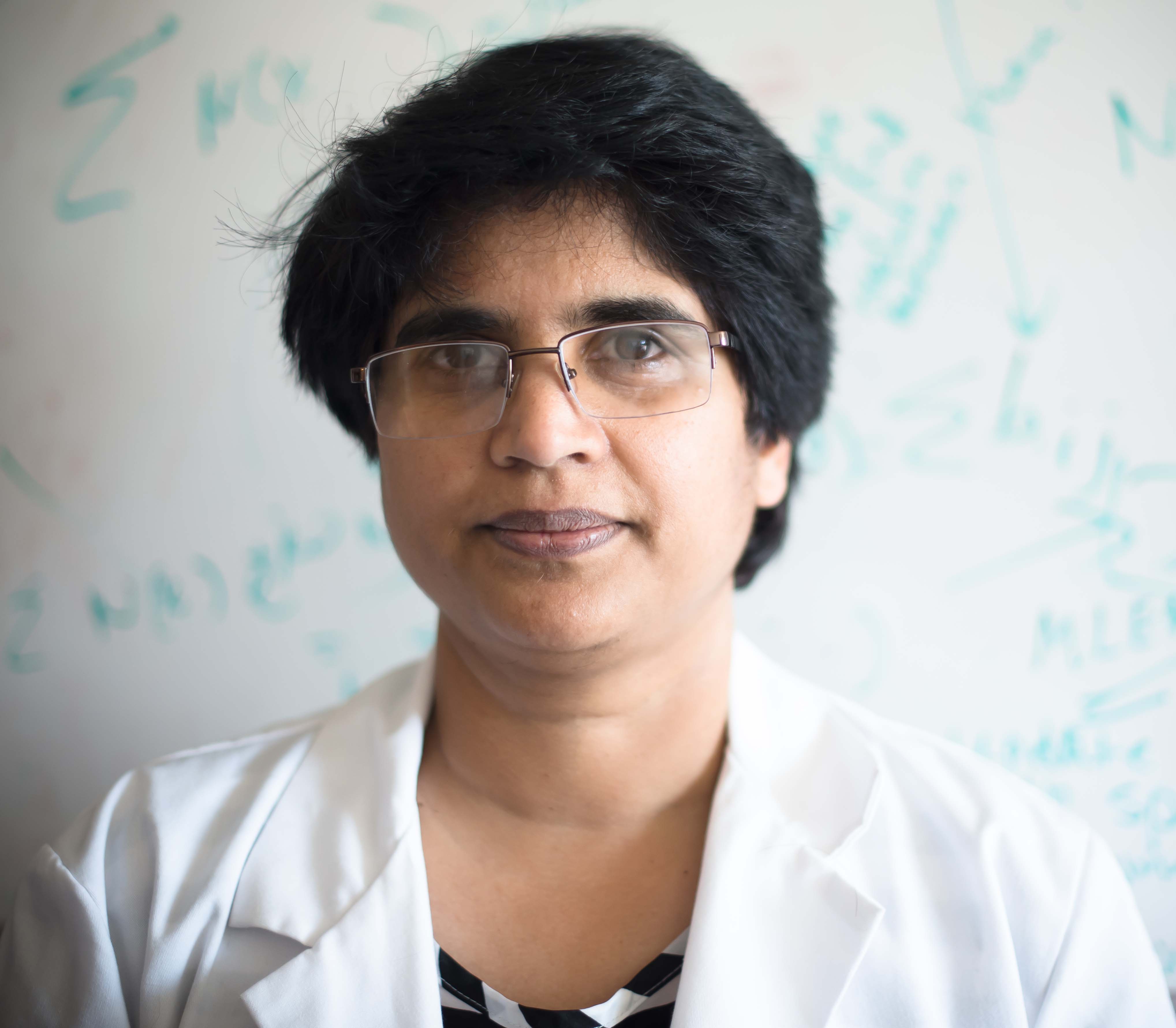 Health in High Resolution: Better Diagnostic Imaging Developed at LSU
Health in High Resolution: Better Diagnostic Imaging Developed at LSU
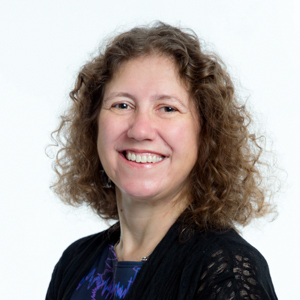 Looking for a Gravitational Wave Research Guru?
Looking for a Gravitational Wave Research Guru?
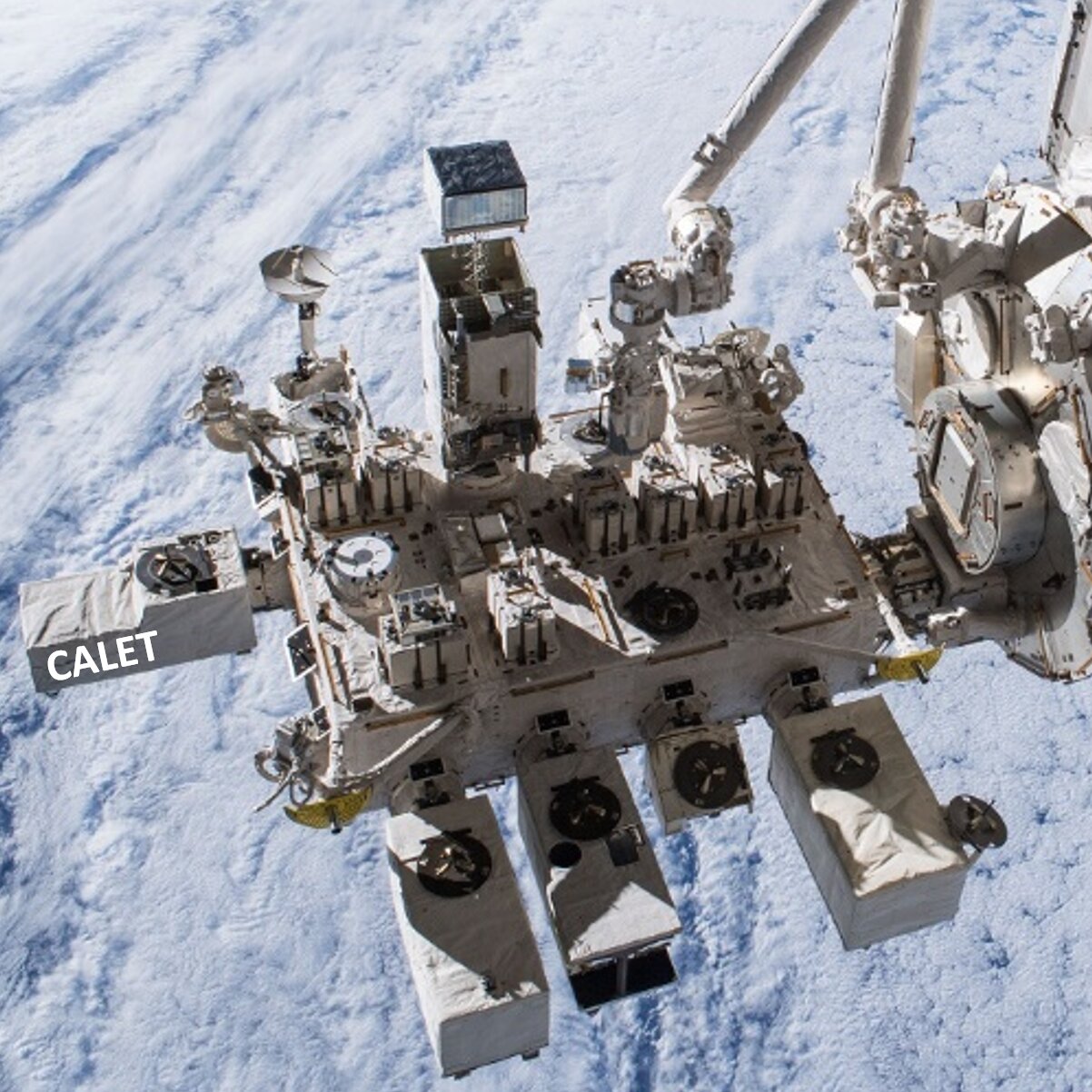 Direct measurement of the cosmic-ray proton spectrum with the CALET on the ISS
Direct measurement of the cosmic-ray proton spectrum with the CALET on the ISS
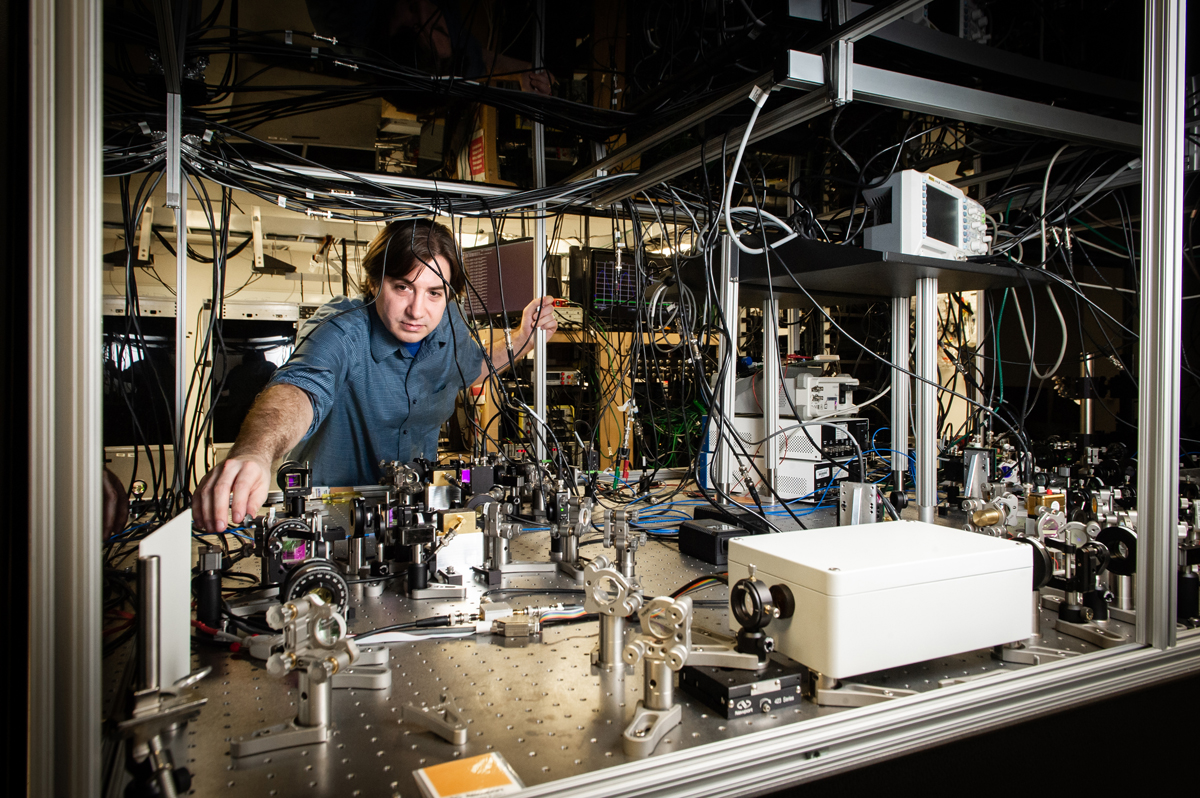 Hello, Quantum Vacuum, Nice to See You
Hello, Quantum Vacuum, Nice to See You
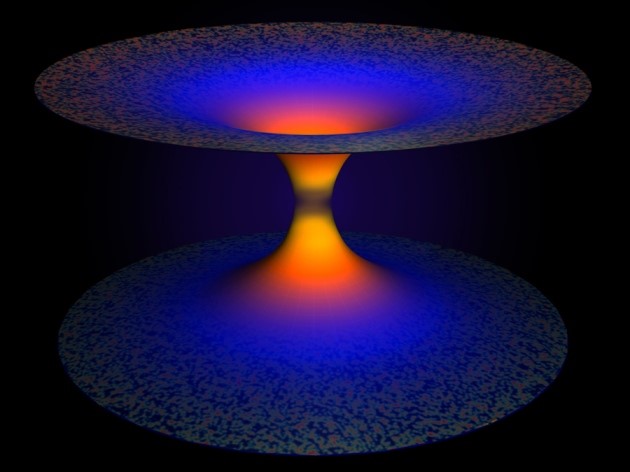 Physicists develop new theory to answer fundamental questions about black holes
Physicists develop new theory to answer fundamental questions about black holes
 LSU Physicist Designs Tool to Decode Light Particles
LSU Physicist Designs Tool to Decode Light Particles
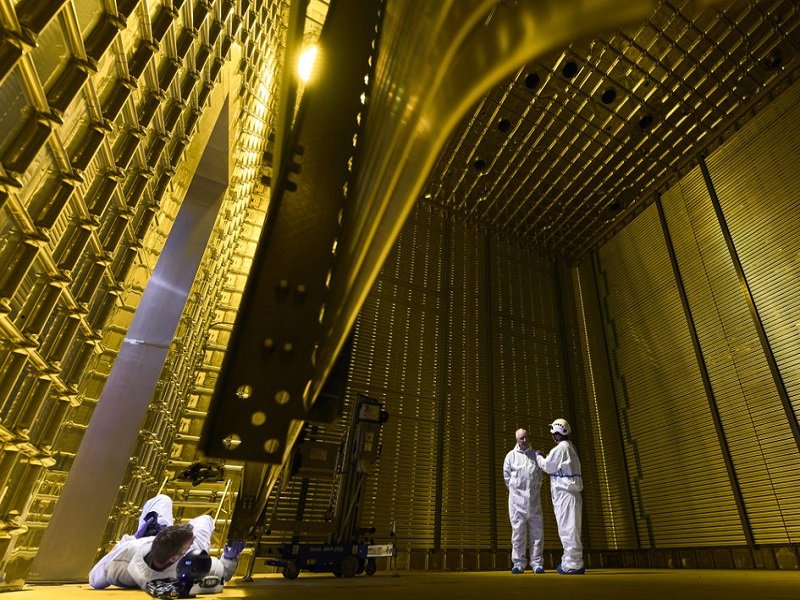 Physicists & Student Researchers Provide Essential Components in Deep Underground
Neutrino Experiment
Physicists & Student Researchers Provide Essential Components in Deep Underground
Neutrino Experiment
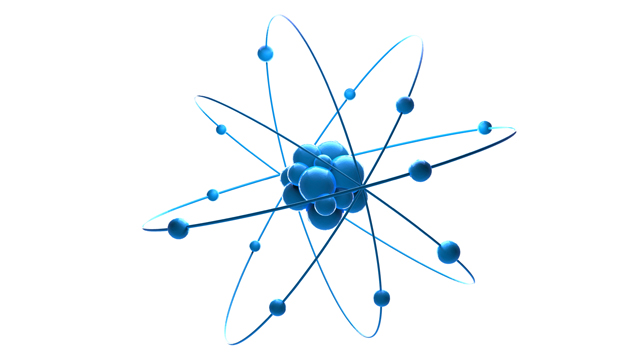 Energy Department Funds $10 Million University Nuclear Research Center
Energy Department Funds $10 Million University Nuclear Research Center
Assistant Professor Scott Marley is part of a university consortium to establish and implement the Center for Excellence in Nuclear Training and University-based Research, or CENTAUR. CENTAUR’s mission is to provide the research experience necessary to develop the next generation of leaders in stewardship science in the area of low-energy nuclear science in support of the workforce and research needs relevant to the NNSA mission. Marley’s work with CENTAUR will involve using nuclear reactions to study the structure of atomic nuclei near the limits of stability.
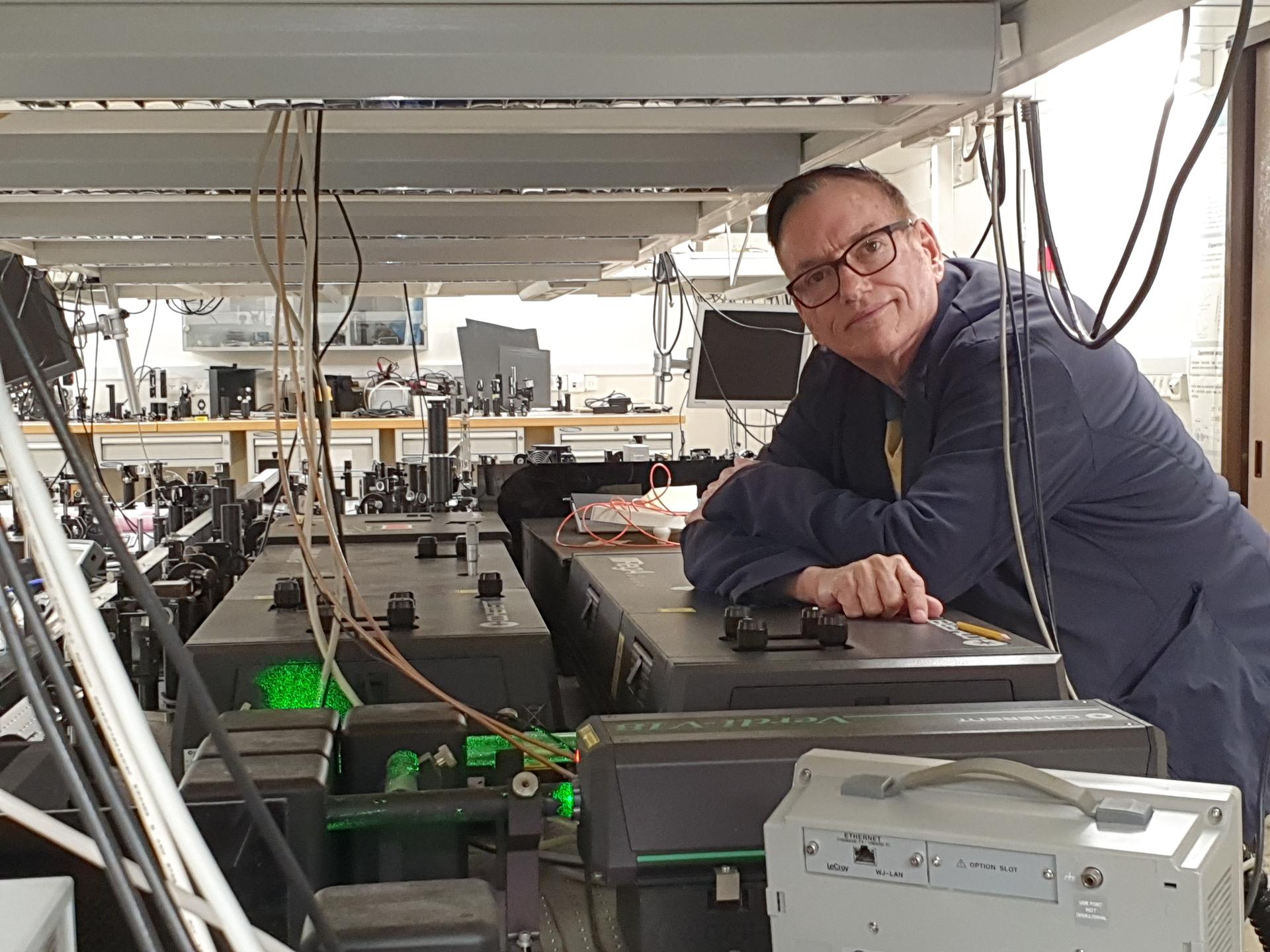 U.S. Department of Defense funds LSU physicist’s quantum sensing research
U.S. Department of Defense funds LSU physicist’s quantum sensing research
Dowling and collaborators have been awarded more than $7 million from the U.S. Army Research Office to develop quantum technologies related to sensing. Their recently received grant titled, “Quantum control based on real-time environment analysis by spectator qubits,” is funded for three years, with the possibility of a two-year extension for a total of $7.05 million.
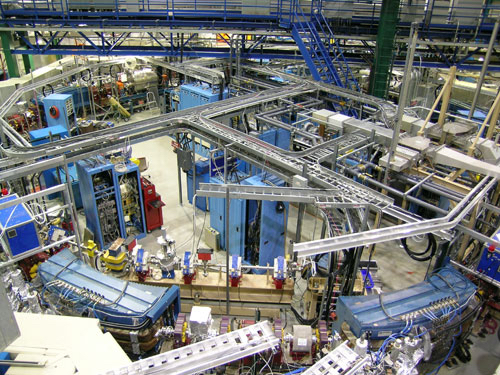 LSU Physicist Applies New Technology to Analyze Ancient Artifacts
LSU Physicist Applies New Technology to Analyze Ancient Artifacts
LSU Professor Josef Hormes will conduct this cutting-edge research on samples of prehistoric artifacts from Poverty Point at the LSU J. Bennett Johnston, Sr., Center for Advanced Microstructures and Devices, or CAMD, with support from the National Park Service.
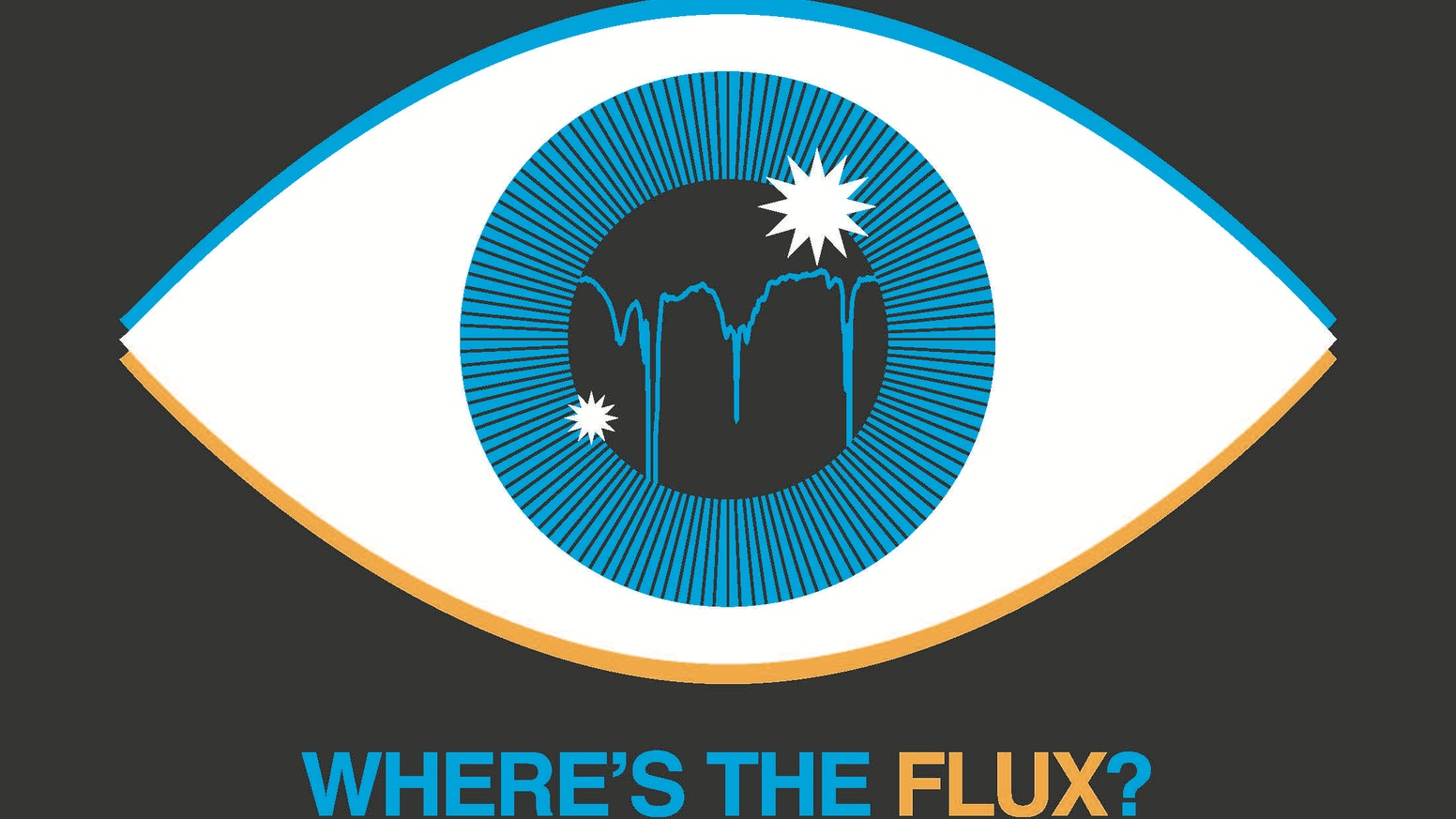 New Data Debunks Alien Megastructure Theory on the ‘Most Mysterious Star in the Universe’
New Data Debunks Alien Megastructure Theory on the ‘Most Mysterious Star in the Universe’
A team of more than 100 researchers, led by LSU Department of Physics & Astronomy Assistant Professor Tabetha Boyajian, is one step closer to solving the mystery behind the “most mysterious star in the universe.” KIC 8462852, or “Tabby’s Star,” nicknamed after Boyajian, is otherwise an average star. It is about 50 percent bigger and 1,000 degrees hotter than the Sun. It is more than 1,000 light years away. However, it has been inexplicably dimming and brightening sporadically like no other.
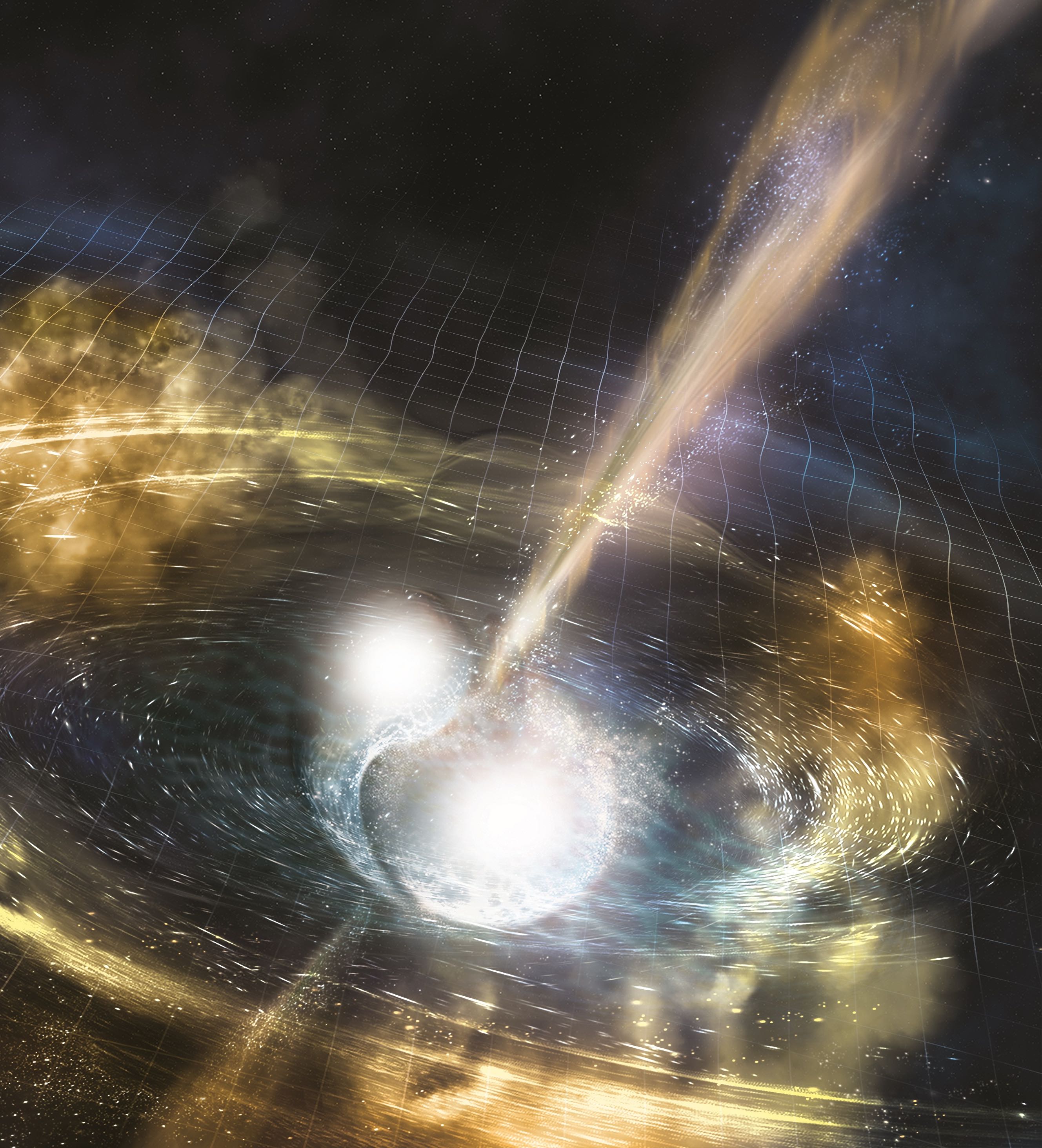 LSU Research Contributes to Two Physics World 2017 Breakthroughs of the Year
LSU Research Contributes to Two Physics World 2017 Breakthroughs of the Year
Physics World has announced that the Physics World 2017 Breakthrough of the Year goes to “the international team of astronomers and astrophysicists that ushered in a new era of astronomy by making the first ever multi-messenger observation involving gravitational waves.”
CALET Measures Cosmic Ray Proton Spectrum Up To 10 TeV
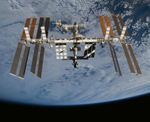 Analysis and results of a direct measurement of the cosmic-ray proton spectrum with
the CALET instrument onboard the International Space Station, including the detailed
assessment of systematic uncertainties. The observation period used in this analysis
is from October 13, 2015 to August 31, 2018.
Analysis and results of a direct measurement of the cosmic-ray proton spectrum with
the CALET instrument onboard the International Space Station, including the detailed
assessment of systematic uncertainties. The observation period used in this analysis
is from October 13, 2015 to August 31, 2018.
Param Singh edited a focus issue "Applications of loop quantum gravity to cosmology" for Classical and Quantum Gravity
 Param Singh, edited a special issue on "Applications of loop quantum gravity to cosmology" for
Classical and Quantum Gravity, the premier journal for gravitational physics community.
The special issue had original research articles on resolution of gravitational singularities,
observational signatures of loop quantum gravity and various aspects of quantum cosmology
by many prominent researchers in the field, including Abhay Ashtekar, Eberly Chair
of Physics at the Pennsylvania State University, and Ivan Agullo and Peter Diener
at LSU. Param Singh was then invited to write a popular article highlighting this special issue in Classical and Quantum Gravity's
website CQG+.
Param Singh, edited a special issue on "Applications of loop quantum gravity to cosmology" for
Classical and Quantum Gravity, the premier journal for gravitational physics community.
The special issue had original research articles on resolution of gravitational singularities,
observational signatures of loop quantum gravity and various aspects of quantum cosmology
by many prominent researchers in the field, including Abhay Ashtekar, Eberly Chair
of Physics at the Pennsylvania State University, and Ivan Agullo and Peter Diener
at LSU. Param Singh was then invited to write a popular article highlighting this special issue in Classical and Quantum Gravity's
website CQG+.
Neutron StarsLIGO-Virgo Scientists Detect First Gravitational Waves from Neutron Stars
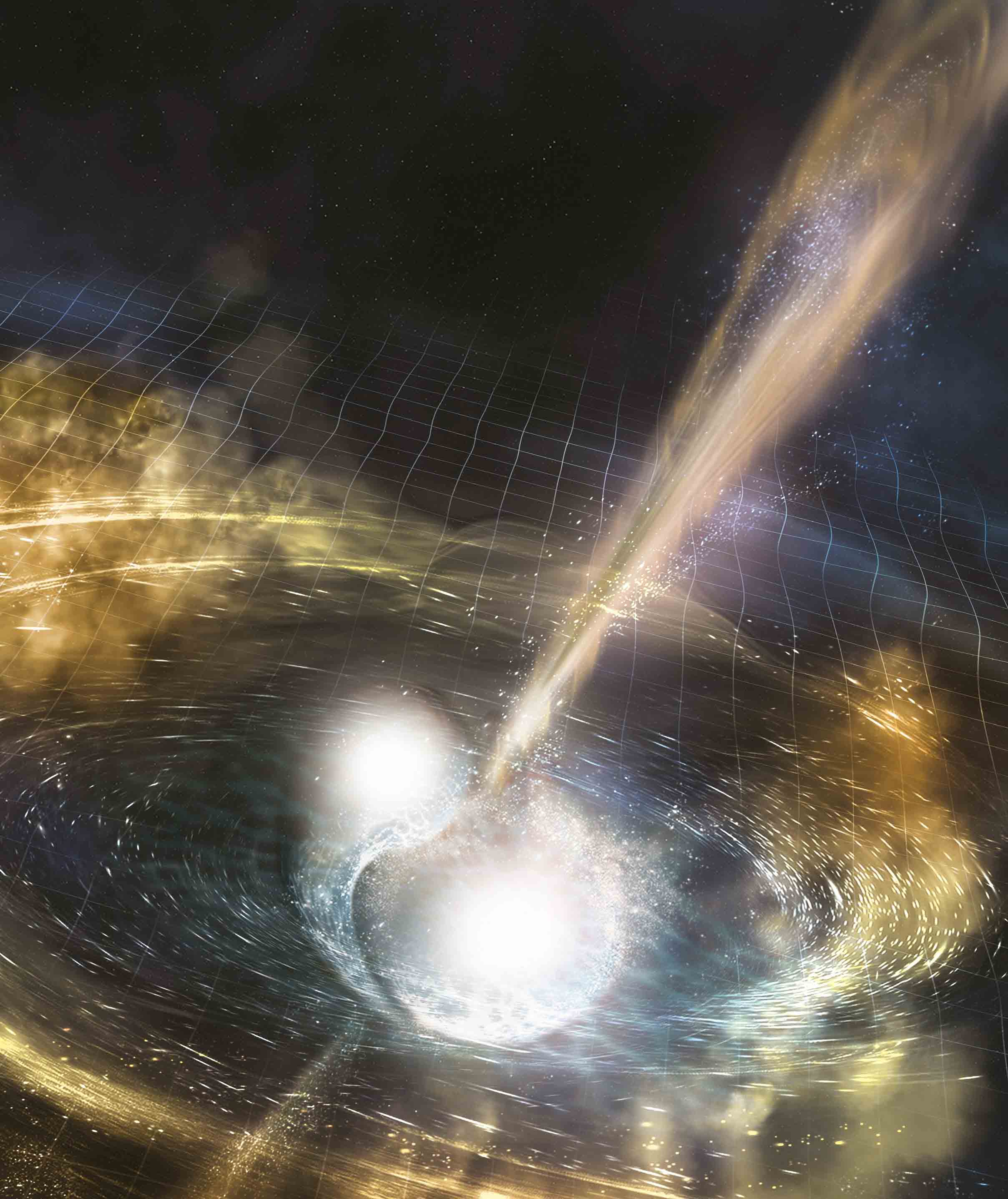 For the first time, scientists have directly detected gravitational waves — ripples
in space and time — in addition to light from the spectacular collision of two neutron
stars. This marks the first time that a cosmic event has been viewed in both gravitational
waves and light. The discovery was made using the U.S.-based Laser Interferometer
Gravitational-Wave Observatory, or LIGO; the Europe-based Virgo detector; and some
70 ground- and space-based observatories. Read More
For the first time, scientists have directly detected gravitational waves — ripples
in space and time — in addition to light from the spectacular collision of two neutron
stars. This marks the first time that a cosmic event has been viewed in both gravitational
waves and light. The discovery was made using the U.S.-based Laser Interferometer
Gravitational-Wave Observatory, or LIGO; the Europe-based Virgo detector; and some
70 ground- and space-based observatories. Read More
LSU Physicist’s Research Reveals that the Most Energetic Particles in the Cosmos Originated from Outside our Galaxy
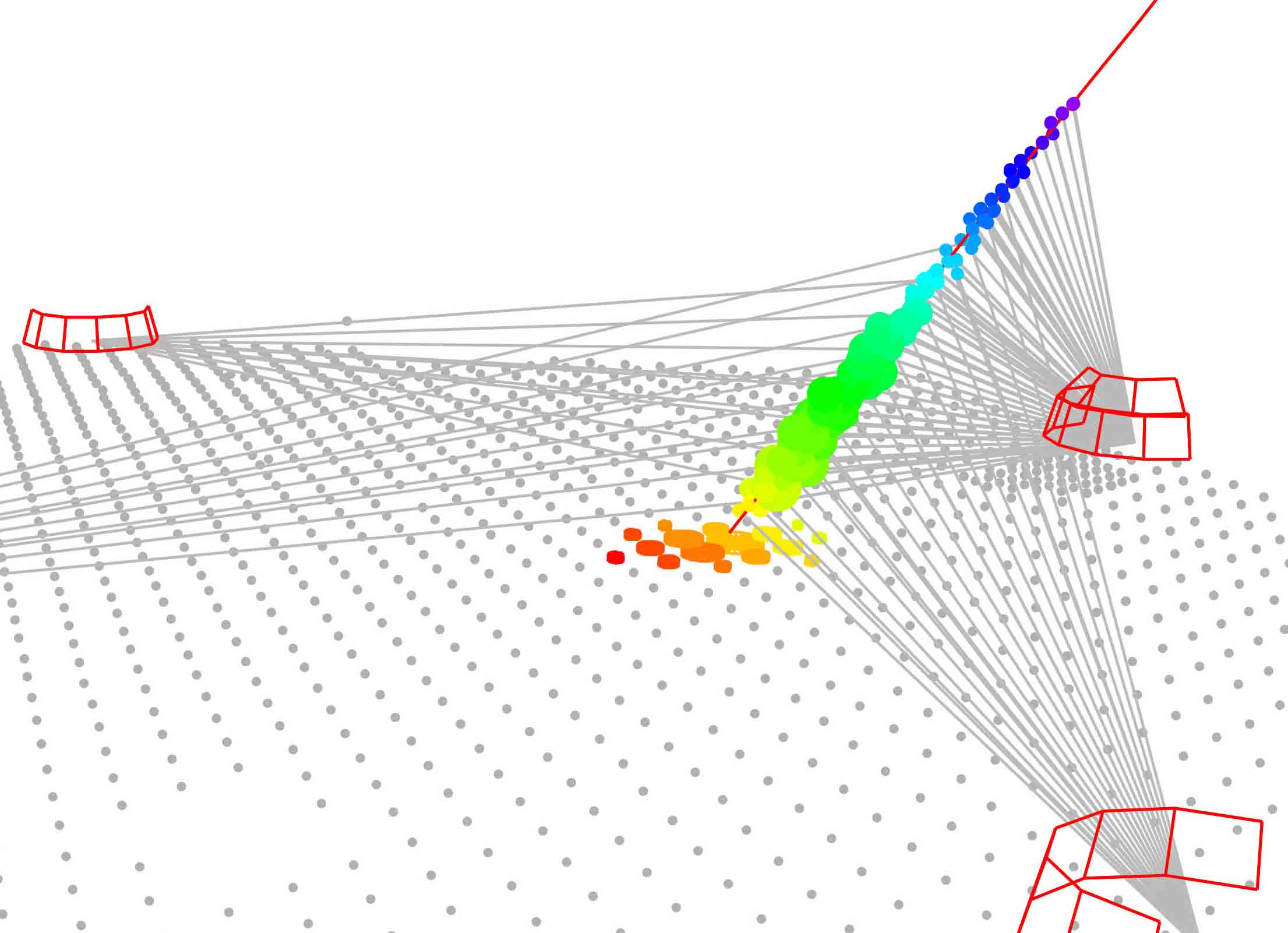 In a paper published in the journal Science, the Pierre Auger Collaboration reports
observational evidence demonstrating that cosmic rays with energies a million times
greater than that of the protons accelerated in the Large Hadron Collider come from
much further away than from our galaxy.
In a paper published in the journal Science, the Pierre Auger Collaboration reports
observational evidence demonstrating that cosmic rays with energies a million times
greater than that of the protons accelerated in the Large Hadron Collider come from
much further away than from our galaxy.
Professor Jim Matthews, former co-spokesperson of the Auger Collaboration, works with more than 500 scientists
from 17 countries on the world’s leading science project for the exploration of the
highest energy cosmic rays to elucidate the origins and properties of the most energetic
particles in the Universe. The collaboration is reconstructing the path of the Universe's
most energetic cosmic rays, bringing new insights into the origin and nature of this
intergalactic phenomenon. Read More
CALET Makes First Direct Measurements of Cosmic Ray Electrons up to 3 TeV in Space
 CALET (CALorimetric Electron Telescope), a Japan-Italy-US experiment on the International
Space Station (ISS), has successfully carried out a high-precision measurement of
the cosmic ray electron spectrum up to 3 tera electron volts (TeV). This experiment,
based on two years of data taken on the Exposed Facility on the ISS, is the first
to make direct measurements of such high energy electrons in space. The CALET team
published its first results in Physical Review Letters November 1 (O. Ariadne et al., Physical Review Letters 119, 181101, 2017). The measured spectrum provides a hint of a feature in the high energy
spectrum that may be due to a nearby high energy source (e.g., a pulsar) or the annihilation
of dark matter particles. CALET expects to take data on the ISS for an additional
3 years, and increase its current statistics by approximately a factor of 6. Read More
CALET (CALorimetric Electron Telescope), a Japan-Italy-US experiment on the International
Space Station (ISS), has successfully carried out a high-precision measurement of
the cosmic ray electron spectrum up to 3 tera electron volts (TeV). This experiment,
based on two years of data taken on the Exposed Facility on the ISS, is the first
to make direct measurements of such high energy electrons in space. The CALET team
published its first results in Physical Review Letters November 1 (O. Ariadne et al., Physical Review Letters 119, 181101, 2017). The measured spectrum provides a hint of a feature in the high energy
spectrum that may be due to a nearby high energy source (e.g., a pulsar) or the annihilation
of dark matter particles. CALET expects to take data on the ISS for an additional
3 years, and increase its current statistics by approximately a factor of 6. Read More
Kristina Launey published a book "Emergent Phenomena in Atomic Nuclei from Large-Scale Modeling: A Symmetry-Guided Perspective"
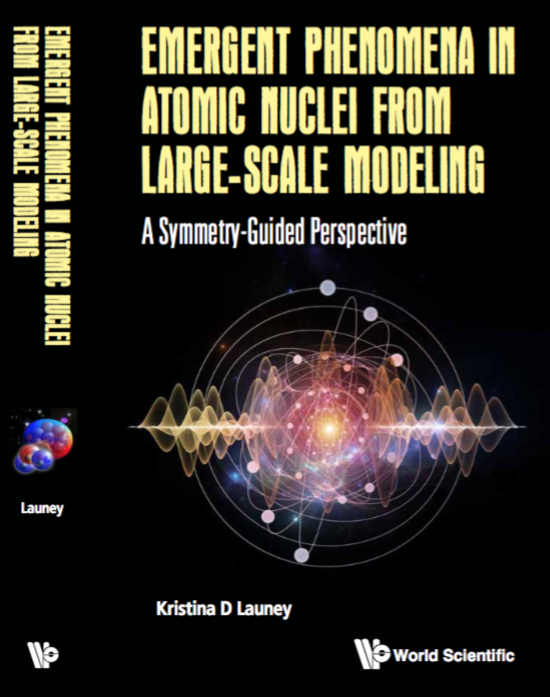 This book is a unique collection of reviews that discuss emergent phenomena in the
world of protons and neutrons, and that of quarks and gluons, as viewed from first
principles, microscopic considerations, and analysis of experimental data. A special
theme resonates throughout the book: the important role of symmetries, exact and approximate,
in exposing emergent features and guiding large-scale nuclear modeling, such as Lattice
Quantum Chromodynamics, Effective Field Theory, Ab Initio Models, Quantum Monte Carlo
Methods, and Density Functional Theory.
This book is a unique collection of reviews that discuss emergent phenomena in the
world of protons and neutrons, and that of quarks and gluons, as viewed from first
principles, microscopic considerations, and analysis of experimental data. A special
theme resonates throughout the book: the important role of symmetries, exact and approximate,
in exposing emergent features and guiding large-scale nuclear modeling, such as Lattice
Quantum Chromodynamics, Effective Field Theory, Ab Initio Models, Quantum Monte Carlo
Methods, and Density Functional Theory.
LIGO Detects Gravitational Waves for Third Time
 The Laser Interferometer Gravitational-wave Observatory, or LIGO, has made a third
detection of gravitational waves, which are ripples in space and time, demonstrating
that a new window in astronomy has been firmly opened. As was the case with the first
two detections, the waves were generated when two black holes collided to form a larger
black hole. Read More
The Laser Interferometer Gravitational-wave Observatory, or LIGO, has made a third
detection of gravitational waves, which are ripples in space and time, demonstrating
that a new window in astronomy has been firmly opened. As was the case with the first
two detections, the waves were generated when two black holes collided to form a larger
black hole. Read More
Jorge Pullin co-edited a book "Loop quantum gravity: the first 30 years"
 Jorge Pullin has co-edited with Abhay Ashtekar, the Eberly Chair of Physics at the Pennsylvania
State University, the volume "Loop quantum gravity: the first 30 years". It includes
eight chapters by young emerging leaders of the field providing a snapshot of its
state of the art, including one by LSU's Ivan Agullo and Parampreet Singh. The book
is part of the series that World Scientific Publishing Co. of Singapore is putting
out to celebrate the 100 years of Einstein's General Theory of Relativity. According
to the publisher, It will include "two dozen excellent monographs written by top-notch
authors from the international gravitational community".
Jorge Pullin has co-edited with Abhay Ashtekar, the Eberly Chair of Physics at the Pennsylvania
State University, the volume "Loop quantum gravity: the first 30 years". It includes
eight chapters by young emerging leaders of the field providing a snapshot of its
state of the art, including one by LSU's Ivan Agullo and Parampreet Singh. The book
is part of the series that World Scientific Publishing Co. of Singapore is putting
out to celebrate the 100 years of Einstein's General Theory of Relativity. According
to the publisher, It will include "two dozen excellent monographs written by top-notch
authors from the international gravitational community".
Mark Wilde's Second Edition of his book "Quantum Information Theory" has been published.
![]() Developing many of the major, exciting, pre- and post-millennium developments from
the ground up, this book is an ideal entry point for graduate students into quantum
information theory. Significant attention is given to quantum mechanics for quantum
information theory, and careful studies of the important protocols of teleportation,
superdense coding, and entanglement distribution are presented. In this new edition,
readers can expect to find over 100 pages of new material, including detailed discussions
of Bell's theorem, the CHSH game, Tsirelson's theorem, the axiomatic approach to quantum
channels, the definition of the diamond norm and its interpretation, and a proof of
the Choi–Kraus theorem. Discussion of the importance of the quantum dynamic capacity
formula has been completely revised, and many new exercises and references have been
added. This new edition will be welcomed by the upcoming generation of quantum information
theorists and the already established community of classical information theorists.
Developing many of the major, exciting, pre- and post-millennium developments from
the ground up, this book is an ideal entry point for graduate students into quantum
information theory. Significant attention is given to quantum mechanics for quantum
information theory, and careful studies of the important protocols of teleportation,
superdense coding, and entanglement distribution are presented. In this new edition,
readers can expect to find over 100 pages of new material, including detailed discussions
of Bell's theorem, the CHSH game, Tsirelson's theorem, the axiomatic approach to quantum
channels, the definition of the diamond norm and its interpretation, and a proof of
the Choi–Kraus theorem. Discussion of the importance of the quantum dynamic capacity
formula has been completely revised, and many new exercises and references have been
added. This new edition will be welcomed by the upcoming generation of quantum information
theorists and the already established community of classical information theorists.
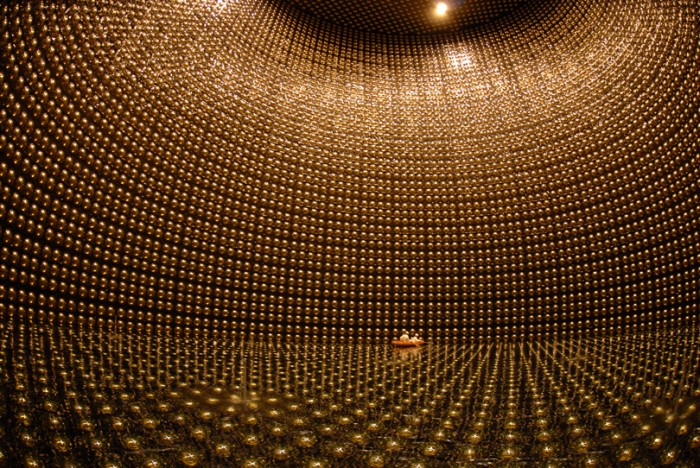 LSU Physicists Collaborate on T2K CP Violation Results to Explain Workings of Universe: LSU physicists Thomas Kutter and Martin Tzanov were among the international T2K Collaboration who recently announced their findings
on the symmetry between neutrino and antineutrino oscillation. With newly collected
antineutrino data, T2K has performed a new analysis, fitting both neutrino and antineutrino
modes simultaneously. T2K’s new data continue the trends observed in 2015, which is
a preference for maximal disappearance of muon neutrinos, as well as a discrepancy
between the electron neutrino and electron antineutrino appearance rates. Read more
LSU Physicists Collaborate on T2K CP Violation Results to Explain Workings of Universe: LSU physicists Thomas Kutter and Martin Tzanov were among the international T2K Collaboration who recently announced their findings
on the symmetry between neutrino and antineutrino oscillation. With newly collected
antineutrino data, T2K has performed a new analysis, fitting both neutrino and antineutrino
modes simultaneously. T2K’s new data continue the trends observed in 2015, which is
a preference for maximal disappearance of muon neutrinos, as well as a discrepancy
between the electron neutrino and electron antineutrino appearance rates. Read more
![]() The LIGO Scientific Collaboration and the Virgo collaboration identify a second gravitational
wave event in the data from Advanced LIGO detectors. On December 26, 2015 at 03:38:53 UTC, scientists observed gravitational waves-ripples
in the fabric of spacetime-for the second time. The gravitational waves were detected
by both of the twin Laser Interferometer Gravitational-Wave Observatory (LIGO) detectors,
located in Livingston, Louisiana, and Hanford, Washington, USA. Read more
The LIGO Scientific Collaboration and the Virgo collaboration identify a second gravitational
wave event in the data from Advanced LIGO detectors. On December 26, 2015 at 03:38:53 UTC, scientists observed gravitational waves-ripples
in the fabric of spacetime-for the second time. The gravitational waves were detected
by both of the twin Laser Interferometer Gravitational-Wave Observatory (LIGO) detectors,
located in Livingston, Louisiana, and Hanford, Washington, USA. Read more
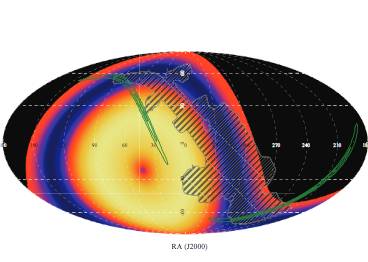 “CALET Upper Limits on X-Ray and Gamma-Ray Counterparts of GW 151226” has been published
by the CALET collaboration including Nick Cannady, Mike Cherry Greg Guzik, Amir Javaid, John Wefel et al. in Astrophysical Journal Letters, 829:L20 (2016). The CALET experiment aboard
the International Space Station has placed upper limits for counterpart emission in
the 7-1000 keV and 1-100 GeV bands associated with the gravitational wave event GW
151226 corresponding to a luminosity of 3-4 ×1049 erg s−1, which is significantly lower
than typical short gamma ray bursts. Read more
“CALET Upper Limits on X-Ray and Gamma-Ray Counterparts of GW 151226” has been published
by the CALET collaboration including Nick Cannady, Mike Cherry Greg Guzik, Amir Javaid, John Wefel et al. in Astrophysical Journal Letters, 829:L20 (2016). The CALET experiment aboard
the International Space Station has placed upper limits for counterpart emission in
the 7-1000 keV and 1-100 GeV bands associated with the gravitational wave event GW
151226 corresponding to a luminosity of 3-4 ×1049 erg s−1, which is significantly lower
than typical short gamma ray bursts. Read more
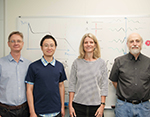 Extreme light from frozen argon LSU physicists Mette Gaarde, Mengxi Wu, Kenneth Schafer, and Dana Browne, in collaboration with a team of researchers at SLAC/Stanford University have directly
compared the ultrafast, extreme ultraviolet radiation emitted by argon atoms when
they are in their gas phase or in their weakly bound solid phase and found significant
differences between them, as reported today in the journal Nature. The results yield new clues about how energetic electrons in a solid behave, and
may yield new compact sources of short wavelength radiation. Read more
Extreme light from frozen argon LSU physicists Mette Gaarde, Mengxi Wu, Kenneth Schafer, and Dana Browne, in collaboration with a team of researchers at SLAC/Stanford University have directly
compared the ultrafast, extreme ultraviolet radiation emitted by argon atoms when
they are in their gas phase or in their weakly bound solid phase and found significant
differences between them, as reported today in the journal Nature. The results yield new clues about how energetic electrons in a solid behave, and
may yield new compact sources of short wavelength radiation. Read more
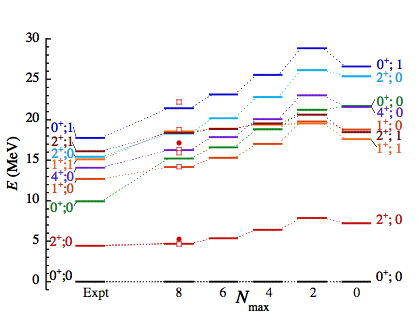 "Efficacy of the SU(3) scheme for ab initio large-scale calculations beyond the lightest
nuclei" has been published by Tomas Dytrych, Kristina Launey, and Jerry Draayer et. al.
Comp. Phys. Commun. 207 (2016) 202; doi: 10.1016/j.cpc.2016.06.006. This paper discuss
the computational characteristics of ab initio nuclear structure calculations in the
symmetry-adapted no-core shell model (SA-NCSM) framework and examine the computational
complexity of the current implementation of the SA-NCSM approach, dubbed LSU3shell,
by analyzing ab initio results for Li-6 and C-12 in large harmonic-oscillator model
spaces and symmetry-selected subspaces. We demonstrate LSU3shell's strong-scaling
properties achieved with highly-parallel methods for computing the many-body matrix
elements. In particular, a well-chosen symmetry-adapted basis affords memory savings
in calculations of states with a fixed total angular momentum in large model spaces
while exactly preserving translational invariance.
"Efficacy of the SU(3) scheme for ab initio large-scale calculations beyond the lightest
nuclei" has been published by Tomas Dytrych, Kristina Launey, and Jerry Draayer et. al.
Comp. Phys. Commun. 207 (2016) 202; doi: 10.1016/j.cpc.2016.06.006. This paper discuss
the computational characteristics of ab initio nuclear structure calculations in the
symmetry-adapted no-core shell model (SA-NCSM) framework and examine the computational
complexity of the current implementation of the SA-NCSM approach, dubbed LSU3shell,
by analyzing ab initio results for Li-6 and C-12 in large harmonic-oscillator model
spaces and symmetry-selected subspaces. We demonstrate LSU3shell's strong-scaling
properties achieved with highly-parallel methods for computing the many-body matrix
elements. In particular, a well-chosen symmetry-adapted basis affords memory savings
in calculations of states with a fixed total angular momentum in large model spaces
while exactly preserving translational invariance.
 "Quantum self-gravitating collapsing matter in a quantum geometry". has been published by Campiglia, Gambini, Olmedo, and Pulin. Classical and Quantum
Gravity, Volume 33, Number 18. The problem of how space–time responds to gravitating
quantum matter in full quantum gravity has been one of the main questions that any
program of quantization of gravity should address. Here we analyze this issue by considering
the quantization of a collapsing null shell coupled to spherically symmetric loop
quantum gravity. We show that the constraint algebra of canonical gravity is Abelian
both classically and when quantized using loop quantum gravity techniques. The Hamiltonian
constraint is well defined and suitable Dirac observables characterizing the problem
were identified at the quantum level. We can write the metric as a parameterized Dirac
observable at the quantum level and study the physics of the collapsing shell and
black hole formation. We show how the singularity inside the black hole is eliminated
by loop quantum gravity and how the shell can traverse it. The construction is compatible
with a scenario in which the shell tunnels into a baby universe inside the black hole
or one in which it could emerge through a white hole.
"Quantum self-gravitating collapsing matter in a quantum geometry". has been published by Campiglia, Gambini, Olmedo, and Pulin. Classical and Quantum
Gravity, Volume 33, Number 18. The problem of how space–time responds to gravitating
quantum matter in full quantum gravity has been one of the main questions that any
program of quantization of gravity should address. Here we analyze this issue by considering
the quantization of a collapsing null shell coupled to spherically symmetric loop
quantum gravity. We show that the constraint algebra of canonical gravity is Abelian
both classically and when quantized using loop quantum gravity techniques. The Hamiltonian
constraint is well defined and suitable Dirac observables characterizing the problem
were identified at the quantum level. We can write the metric as a parameterized Dirac
observable at the quantum level and study the physics of the collapsing shell and
black hole formation. We show how the singularity inside the black hole is eliminated
by loop quantum gravity and how the shell can traverse it. The construction is compatible
with a scenario in which the shell tunnels into a baby universe inside the black hole
or one in which it could emerge through a white hole.
 "Ultrathin two-dimensional superconductivity with strong spin–orbit coupling" has been published by Nam, Kim and Adams, et. al. doi:10.1073/pnas.1611967113. September,
2016. We report on a study of epitaxially grown ultrathin Pb films that are only a
few atoms thick and have parallel critical magnetic fields much higher than the expected
limit set by the interaction of electron spins with a magnetic field, that is, the
Clogston–Chandrasekhar limit. The epitaxial thin films are classified as dirty-limit
superconductors because their mean-free paths, which are limited by surface scattering,
are smaller than their superconducting coherence lengths. The uniformity of superconductivity
in these thin films is established by comparing scanning tunneling spectroscopy, scanning
superconducting quantum interference device (SQUID) magnetometry, double-coil mutual
inductance, and magneto-transport, data that provide average superfluid rigidity on
length scales covering the range from microscopic to macroscopic. We argue that the
survival of superconductivity at Zeeman energies much larger than the superconducting
gap can be understood only as the consequence of strong spin–orbit coupling that,
together with substrate-induced inversion-symmetry breaking, produces spin splitting
in the normal-state energy bands that is much larger than the superconductor’s energy
gap.
"Ultrathin two-dimensional superconductivity with strong spin–orbit coupling" has been published by Nam, Kim and Adams, et. al. doi:10.1073/pnas.1611967113. September,
2016. We report on a study of epitaxially grown ultrathin Pb films that are only a
few atoms thick and have parallel critical magnetic fields much higher than the expected
limit set by the interaction of electron spins with a magnetic field, that is, the
Clogston–Chandrasekhar limit. The epitaxial thin films are classified as dirty-limit
superconductors because their mean-free paths, which are limited by surface scattering,
are smaller than their superconducting coherence lengths. The uniformity of superconductivity
in these thin films is established by comparing scanning tunneling spectroscopy, scanning
superconducting quantum interference device (SQUID) magnetometry, double-coil mutual
inductance, and magneto-transport, data that provide average superfluid rigidity on
length scales covering the range from microscopic to macroscopic. We argue that the
survival of superconductivity at Zeeman energies much larger than the superconducting
gap can be understood only as the consequence of strong spin–orbit coupling that,
together with substrate-induced inversion-symmetry breaking, produces spin splitting
in the normal-state energy bands that is much larger than the superconductor’s energy
gap.
"Schrödinger-like quantum dynamics in loop quantized black holes" has been published by Gambini, Rodolfo, Javier Olmedo, and Jorge Pullin. • Int.J.Mod.Phys. D25 (2016) no.08, 1642006 arXiv:1605.00969. This paper show, following a previous quantization of a vacuum spherically symmetric spacetime carried out in [R. Gambini, J. Olmedo and J. Pullin, Class. Quantum Grav. 31 (2014) 095009.] that this setting admits a Schrödinger-like picture. More precisely, the technique adopted there for the definition of parametrized Dirac observables (that codify local information of the quantum theory) can be extended in order to accommodate different pictures. In this new picture, the quantum states are parametrized in terms of suitable gauge parameters and the observables constructed out of the kinematical ones on this space of parametrized states.
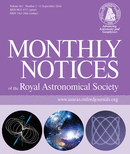 Rob Hynes, Brad Schaefer, undergrad Zach Baum, Ching-Cheng Hsu, Mike Cherry et al. present a multi-wavelength study of the low-mass X-ray binary Sco X-1 in "Kepler
K2 Observations of Sco X-1: Orbital Modulations and Correlations with Fermi GBM and
MAXI" in Monthly Notices of the Royal Astronomical Society. Read more
Rob Hynes, Brad Schaefer, undergrad Zach Baum, Ching-Cheng Hsu, Mike Cherry et al. present a multi-wavelength study of the low-mass X-ray binary Sco X-1 in "Kepler
K2 Observations of Sco X-1: Orbital Modulations and Correlations with Fermi GBM and
MAXI" in Monthly Notices of the Royal Astronomical Society. Read more
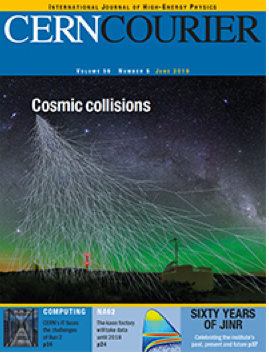 The research of LSU Physicist James Matthews and an international team of scientists is featured in the CERN Courier. The world's
largest cosmic-ray experiment, the Pierre Auger Observatory in Mendoza Province, Argentina,
is embarking on its next phase, named AugerPrime. Read more
The research of LSU Physicist James Matthews and an international team of scientists is featured in the CERN Courier. The world's
largest cosmic-ray experiment, the Pierre Auger Observatory in Mendoza Province, Argentina,
is embarking on its next phase, named AugerPrime. Read more
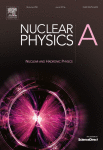 The paper "Angular momentumprojection for a Nilsson mean-field plus pairing model",
Nucl. Phys. A 950 (2016) 1; doi:10.1016/j. nuclphysa. 2016.03.012. by Yin Wang, Feng
Pan, Kristina D. Launey, Yan-An Luo, and J. P. Draayer, explores the interplay of pairing and deformation in intermediate-mass nuclei based
on a new method for restoring the rotational invariance of a general nuclear pairing-plus-deformation
Hamiltonian. Read more
The paper "Angular momentumprojection for a Nilsson mean-field plus pairing model",
Nucl. Phys. A 950 (2016) 1; doi:10.1016/j. nuclphysa. 2016.03.012. by Yin Wang, Feng
Pan, Kristina D. Launey, Yan-An Luo, and J. P. Draayer, explores the interplay of pairing and deformation in intermediate-mass nuclei based
on a new method for restoring the rotational invariance of a general nuclear pairing-plus-deformation
Hamiltonian. Read more
 Gravitational Waves Detected 100 Years After Einstein's Prediction: For the first time, scientists have observed ripples in the fabric of spacetime,
called gravitational waves, arriving at the earth from a cataclysmic event in the
distant universe. This confirms a major prediction of Albert Einstein's 1915 general
theory of relativity and opens an unprecedented new window onto the cosmos.
Gravitational Waves Detected 100 Years After Einstein's Prediction: For the first time, scientists have observed ripples in the fabric of spacetime,
called gravitational waves, arriving at the earth from a cataclysmic event in the
distant universe. This confirms a major prediction of Albert Einstein's 1915 general
theory of relativity and opens an unprecedented new window onto the cosmos.